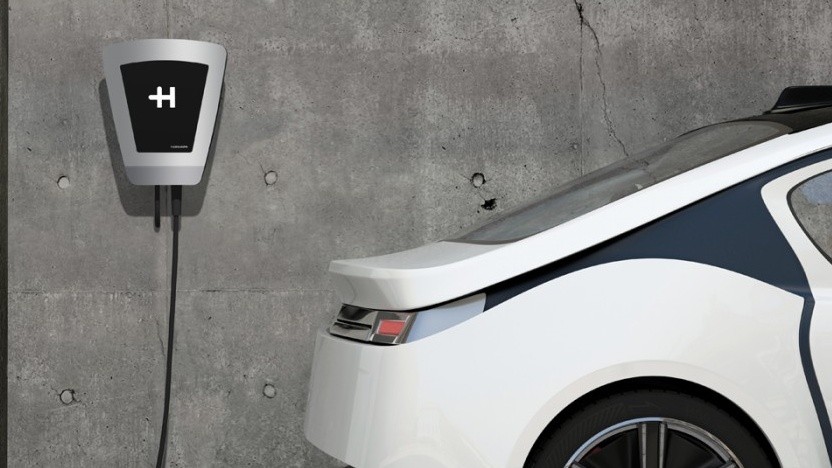Who has the opportunity to be electric car to load at home, should buy a wallbox for it. A test of the ADAC shows significant price differences among the providers. There are also new connection specifications.
August 13, 2019, 16:19,
Friedhelm old man

Test winner at ADAC: The Wallbox Home Eco from Heidelberg
(Photo: Heidelberg)
The newly offered wallboxes enable a safe and reliable charging of the electric car at the domestic power connection. This is the result of a test by the automobile club ADAC, in which six models from different manufacturers were checked, However, there were clear price differences. In addition, not all expensive models have a type B residual current circuit breaker, which must be purchased in addition to high costs.
Job market
NETZSCH-Gerätebau GmbH, Selb (Raum Hof)
Modis GmbH, Erfurt
The tested wall boxes allow charging by AC / AC with up to 11 kilowatts (kW). Last year, the ADAC had already tested twelve modelswhose power varied between 3.7 and 22 kW.
Expensive models without residual current protection
Winner of the test this year was the Heidelberg Wallbox Home Eco, which, with just under 525 euros, is one of the cheapest offers. Much more expensive, however, is the Amtron Start C2 by Mennekes, which costs just under 860 euros. Despite the high price, the device does not have residual current protection (type A and B), which can cost several 100 euros, especially for type B (direct current). This also applies to the Pulsar Wallbox (834 euros) and the cheaper Ecoload Perdik (489 euros).
Although electric cars can be charged via adapter also via a household socket or three-phase socket. However, household sockets, unlike CEE sockets, are not designed for continuous operation with the maximum amperage of 16 amps and therefore represent a fire hazard. The wallboxes, on the other hand, usually have their own type 2 CCS charging cable, so there are no contacts on the box itself can overheat. In addition, the devices have a module for communication with the car as well as a circuit breaker for switching the current on and off.
All charging devices must be registered
Charging devices for electric cars have to be registered with the network operator since the coming into force of the Low Voltage Connection Ordinance of March 2019 (Paragraph 19). If the power of one or more wallboxes exceeds 12 kVA, the grid operator must agree to the installation. The subscriber must register a data sheet for charging devices for electric vehicles (PDF) Completion.
Larger charging devices with more than 12 kVA must also be equipped with a low-voltage (VDE-AR-N 4100) “connection control (eg in 10% increments), intelligent time control or network integration control devices have interruptibility by the network operator “. In addition, grid operators can also find their own supplements to Technical Connection Conditions (TAB) 2019 (PDF) make further specifications. So there are network operators who already prescribe such a control possibility with smaller wall boxes (PDF).
Other operators, such as Westnetz, say (PDF): “In principle, it is not necessary to install a technical device to specify the reduction in active power.” However, this could be “demanded at any time by Westnetz and must be installed within a reasonable implementation period and communicatively linked to the West.” Therefore, it makes sense to contact an installer who knows the connection conditions before purchasing a wallbox. The installation on your own is not allowed anyway.
Topics Pages:
electromobility
automobile
ADAC
electric car
sustainability
technology
science
